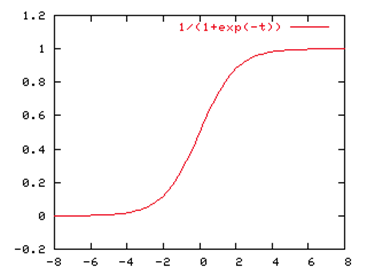Ways of learning
The different types of learning are summarized under the general term learning. Particularly important for our development is learning by process: a continuous process of improving the information base and the quality of information, as well as implicit learning, that is, accidental learning during the execution of an action.
Content
Learning accurate information
Exact information learning focuses on the acquisition and storage of information that can be retrieved from memory when needed. They only need to be learned once (like a phone number) and thus the learning process ends. However, it may be necessary to update this information if it has not been recalled for a long period of time. Factual learning is usually intentional learning, that is, one learns on purpose in order to have a particular piece of information available at a given time. However, human memory for numbers or content, for example, is relatively limited compared to memory for images, experiences, emotions or places. Therefore, there are various memorization techniques to retrieve such abstract information, where this information is embedded and interconnected in the context of stories or images.
Factual learning is often intentional learning . Intentional learning is learning that aims to achieve self-determined skills and therefore usually follows an explicit learning objective. Intentional learning can be self-initiated, but also by another person, such as a teacher.
Learning through the process
Process learning is a continuous process with an improvement in the quantity and quality of information. A typical example of process learning is motor learning, with continuous improvement in the accuracy, energy requirement, and time required to perform a given movement. This process usually follows a typical learning curve where, after an initial plateau, there is exponential improvement, but this stabilizes as the maximum achievable performance is approached (ceiling effect).

Process learning is often implicit learning , also called incidental or incidental learning. It is learned automatically, for example, during the execution of an action. Unlike intentional learning, the goals or contents of learning are not directly known to the learner. Also, it is often difficult to put into words the learning outcome. No special attentional demands are necessary during implicit learning either; learning happens by itself, so to speak. However, there are other useful prerequisites for implicit learning, such as a focused and diverse learning environment. The more actions are taken in this learning environment, the better implicit learning works. Many of the skills children learn are based on implicit learning.
Motor learning is also usually implicit learning. In general, motor learning is the improvement of motor skills by monitoring the regularity, accuracy and efficiency of movements. This is initially important in learning simple movements such as reflexes, basic movements (such as grasping or walking) but later it is also necessary for more complex movements and skills.
The term competence goes beyond mere ability. Competence requires a skill as a prerequisite. However, it links skill to a wider context in which behavioral aspects also play an important role. Skills are, for example, speaking, reading, writing, calculating, playing an instrument or playing a sport. Therefore, a competence does not only describe the ability, but also includes the person himself in action. This is an important aspect of the individual expression of competences.
What does this mean for my teaching practice?
Even if many of the "learning objects" initially appear to be exact data, learning through processes can play an important role in this case as well. Factual learning has a relatively limited scope, while process learning also includes images, experiences or emotions and thus greatly improves memory performance. For example, students will be able to remember a physics experiment better than pure formulas that abstractly represent a physical law.
Reflection question
Why can factual learning be described more as information and process learning more as knowledge?
Quiz
1) Motor learning is typically
A) Fact learning
B) process learning
C) intentional learning
2) In implicit learning
A) learning goals are not known
B) learning goals are explicitly given